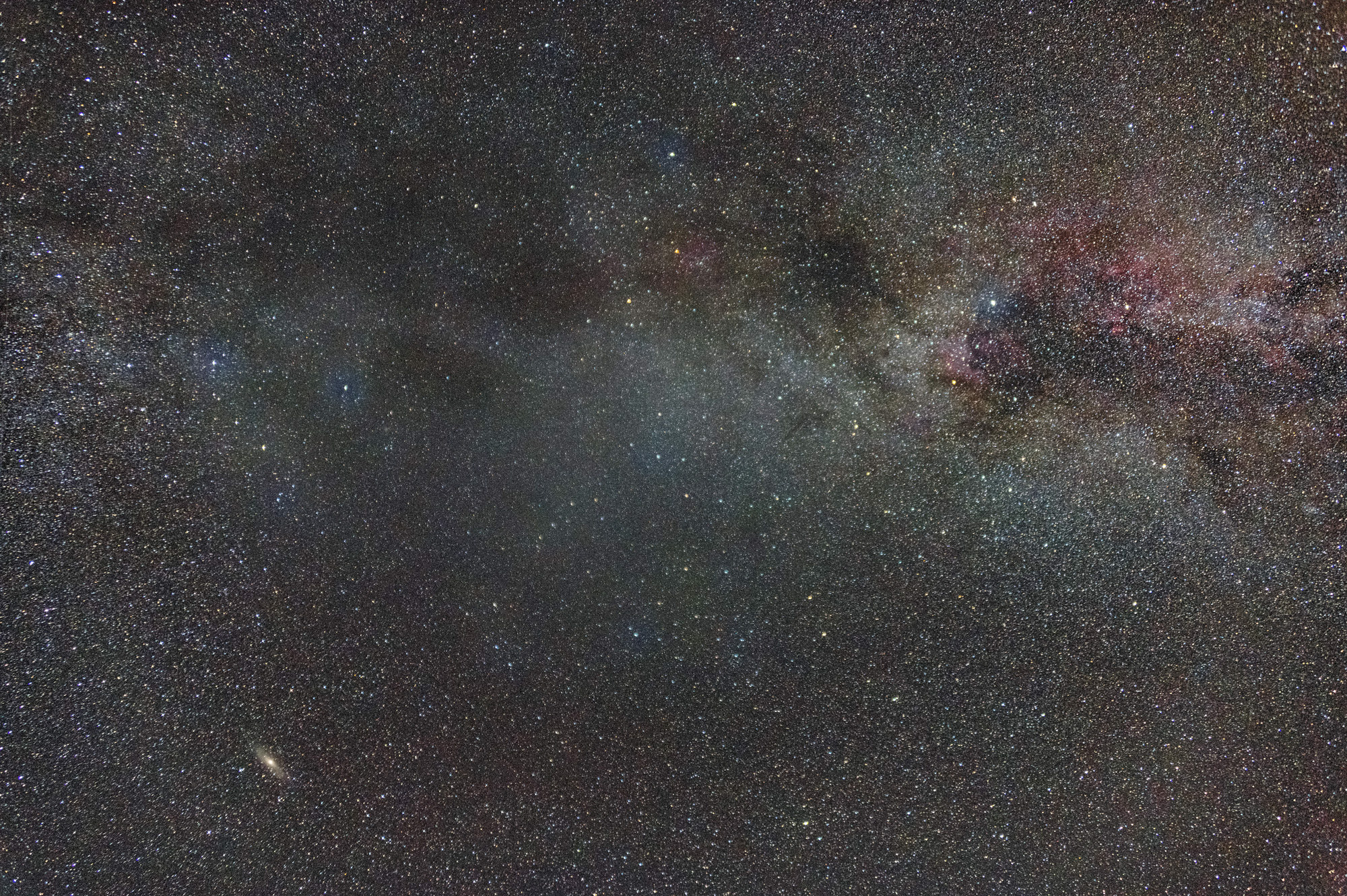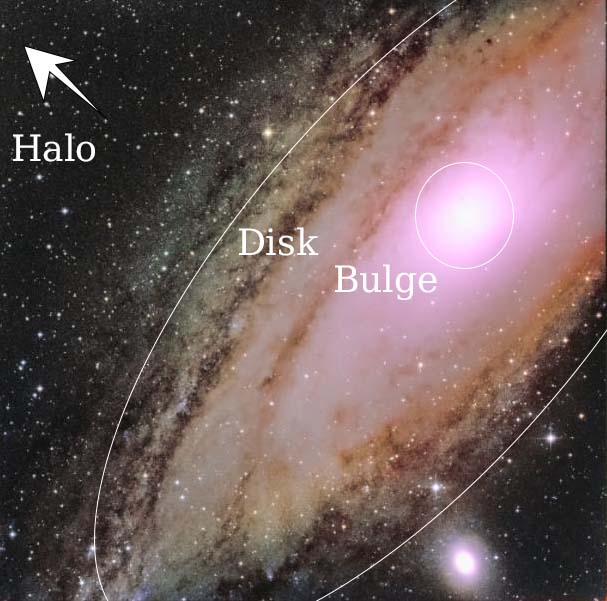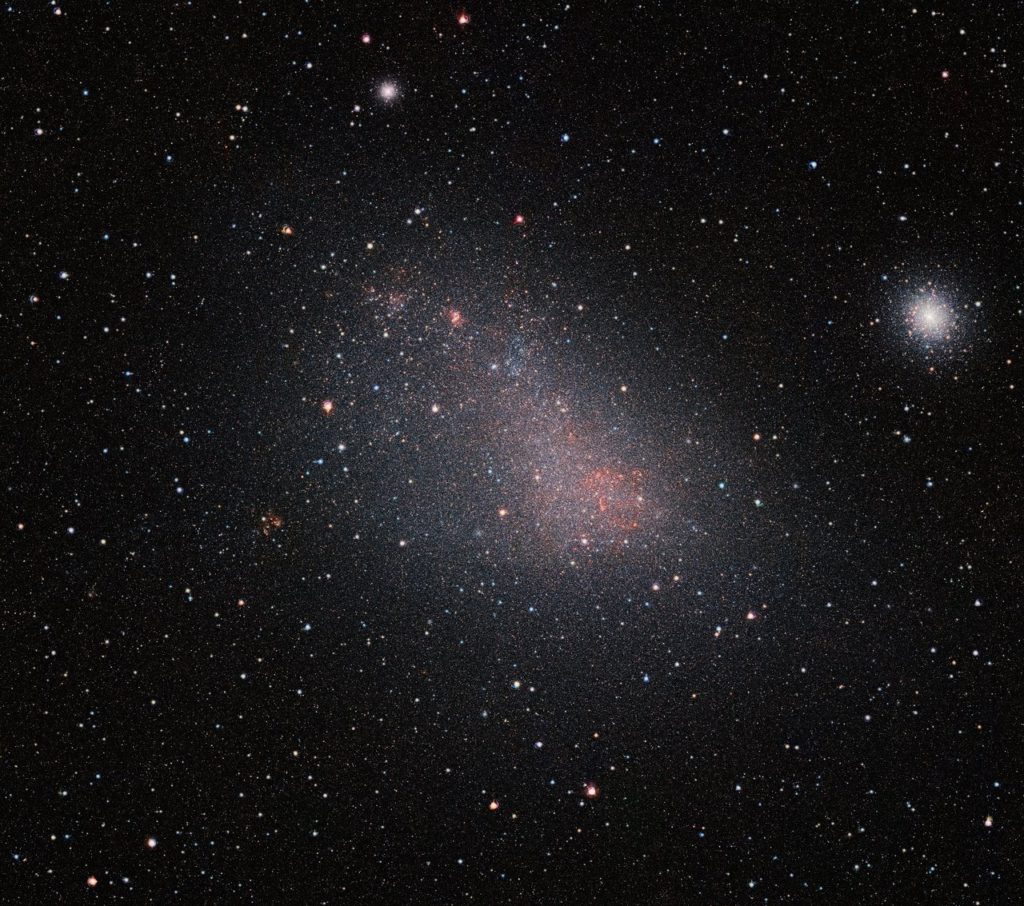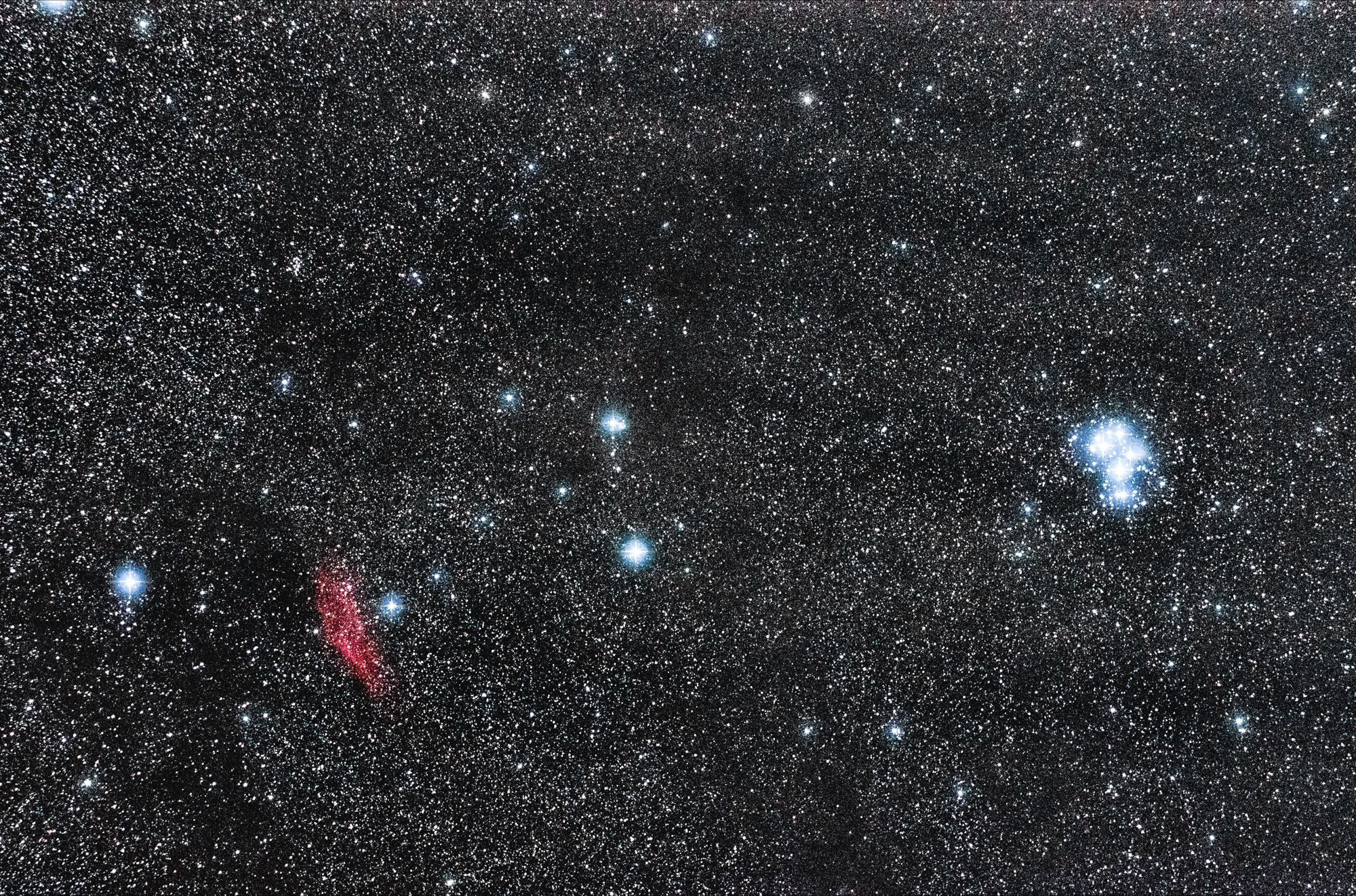
Detecting kinematic substructure in the Milky Way halo using Gaia data
Welcome to the public summary of my Masters thesis!
This page has been written in a style that appeals to anyone with at least an A-Level/18+ background in Physics, who may wish to learn more about how the substructure of the Galactic halo is found, and what species it may fall in to.
If eager, there’s also some extra cream on the cake about the use of potentials in parameterising the underlying Milky Way gravitational potential.
Where is the galactic halo?
The Milky Way, like our close sibling Andromeda, is a barred spiral galaxy. It has…
- a central bulge- a diffuse sphere packed with older stars, and usually a black hole core
- a disk- we sit inside our disk at around 7.5 kpc* from the galactic core.
Sitting outside the disk is the halo- an extent of space stretching what may be hundreds of kpc* into the abyss of space. While it seems empty, the opposite is in fact true…
*kiloparsecs- one parsec is around 3.26 lightyears, about- if you believe the USDA assumption of an average banana being between 7 and 8 inches in length, roughly $latex \large 1.62\times{10}^{17}$ bananas.

Snapshot of the Andromeda Galaxy and its satellite M32.

The Small Magellanic Cloud (SMC), a satellite galaxy of the Milky Way. Image Credit: ESO/VISTA VMC
The Galactic halo is made of two principal components.
The first is dark matter- some esoteric substance we can not see, only observe the effects of on other masses which act as “tracers” of its distribution.
The other? Few-and-far-between associations of stars, including Globular Clusters, Satellite Galaxies, and Stellar Streams- the tidal remnants of the former two. Most streams form from material sourced from outside the Milky Way, by a process known as accretion.
Stellar streams?
If a satellite galaxy or globular cluster enters too close to its host, it gets stretched, distorted, and eventually strung into a streak of stars- a stellar stream. The stream closely traces the orbit of its parent structure. The video here shows one in action- the Sagittarius Stream, numerically integrated forward for a billion years.
An easy analogue to this is the moon. It pulls a tide toward it, and on the other side of the earth, another tide rises away. Imagine if these kept pushing higher however, and some mysterious effect led to them then turning 90 degrees oppositely- if you pulled hard enough on these “tails,” you would stretch the oceans into a string, with the earth in the middle! The strung-out ocean would be the stream, and the earth the parent of it.
It’s a bit of a push to imagine, but this is the same thing that leads to tidal stream formation. Just on a much larger scale, with plenty more physics to be had at.
Hunting for halo substructure: conserved quantities
The positions and motions of halo stars- their kinematics- can be used to find quantities known as the “integrals of motion.” These quantities are conserved along orbits, making them extremely convenient in the hunt for halo substructure, as we’ll soon see. One quantity is the z-axis angular momentum- angular momentum being the rotational equivalent of linear momentum, effectively. The other is energy, though working out the energy of stars is troublesome: as you might expect, knowing the gravitational potential out in the halo isn’t so easy, and science folk regularly rustle their jimmies together over what the exact form it takes may be.
An alternative is to make use of the unconserved-but-conserved-well-enough transverse angular momentum, parallel to the disk of the Milky Way and made up of the x,y angular momentum components. Disregarding energy, it proves reasonable enough to use just the angular momentum vectors of stars to look for associations between them.
Clustering with angular momentum
For stars that come from some common parent, it’s easy to expect that they’d all have similar integrals of motion. If they inherit the integrals of motion from their parent, and these quantities stay constant over their orbit, why wouldn’t they?
We can thus look at a set of stars in some dataset, and check which ones have angular momenta that seem similar- the clumps we find will correspond to stars that have some common origin- very dense clumps implying some substructures’ existence.
This process is known as “clustering.” If you look at the first 3D plot here, you’ll note that only one classification exists- all the data is one colour. After looking for clusters, you get the second plot- packed with colour, each colour one unique overdensity in angular momentum space. Keep in mind that these plots show angular momentum, not position.
See that huge yellow-orange clump, with the colour marked 13? That clump corresponds to the one used to make the pretty video up top! It’s the Sagittarius stream- the most wide-reaching stream known to us at the moment, wrapping the galaxy at least twice.
Classifying substructure
What substructure is there, other than stellar streams? Plenty of it.
Other than streams, you can find associations of stars such as the Gaia-Sausage-Enceladus (yes, sausage…), which is associated with a previous merger between a satellite galaxy and the Milky Way. This introduced as much as a fifth of the Milky Way’ mass content. The stars from the sausage (…) span the entire sky- the video here doesn’t show this however, due to inconsistent sky coverage.
You can also find associations of stars associated with the Milky Way’ disk that have been pulled off it by interactions with other masses. When these associations get pulled off the disk and into the halo, they become fair game to be identified uniquely kinematically.
Here are two separately-identified clumps that correspond to the same underlying substructure. Unlike the Sausage, these clumps don’t have as fun a name, nor one as meaty- Aleph.
The y-axis on these videos roughly correspond to the latitude off the disk- you can tell that these clumps hug it quite tightly, in comparison to the other substructures we’ve covered in this short time.
Tracing the potential with stellar streams
Stellar streams trace the halo potential. Like a glob of food colouring put in a river to show the flow of water, they can be used to understand the underlying potential through the dynamics they imply.
Given that most of the halo’ mass is concentrated in dark matter, something we don’t really understand that well, the need to understand the halo potential goes beyond effective modelling of the Galaxy- it strides into better understanding of 27% of Universe that we can’t directly see.
As much as 95% of the halo stellar substructure may well belong to accreted objects, too! That also gives some desire to understand the history of our Galaxy. This history is tied strongly with the cosmological paradigm of “hierarchical accretion”- one galaxy sucks up its neighbours, and as always, there’s always a bigger fish.
… though technically we are the bigger fish- the Milky Way is going to slop up Andromeda in a few billion years. We’ll be long gone by then, though.
How to model the potential for a stream?
The simplest way is to just slap an orbit on it! The best fitting orbit? The best potential used to generate it. See the green? That’s the actual integrated orbit of the stream. The yellow one? Quite a poor fit.
Sounds easy right? Well, streams don’t follow orbits perfectly. It isn’t “cheap” to run this computationally, either.
I do have to disclaim that it isn’t this simple- orbit fitting is just a part of the computational process, and the metrics used are quite whimsical.
There are other ways, though- for example, the possibility of the “Minimum Entropy Method.”
In the dynamical sense (though it doesn’t include any assumptions on that) it’s basically “Find a potential that minimizes how messy a stream is!”

Thanks for reading and/or looking!

Hopefully you found it at least a little bit informative! 😅
For interest, my thesis made use of all of this- and more! A lot of rather frantic odd computational methods came up and the like, but the spirit of it is all the same. The videos here are all from the final results of the thesis- the orbit fit, too (though that yellow one is a fake one I had to REALLY exaggerate- getting one that poor a fit was actually quite hard.) We actually found some new streams too! Maybe! For sure some new members to them, at least. Anyway, this is it for my personal message, Ciaó!